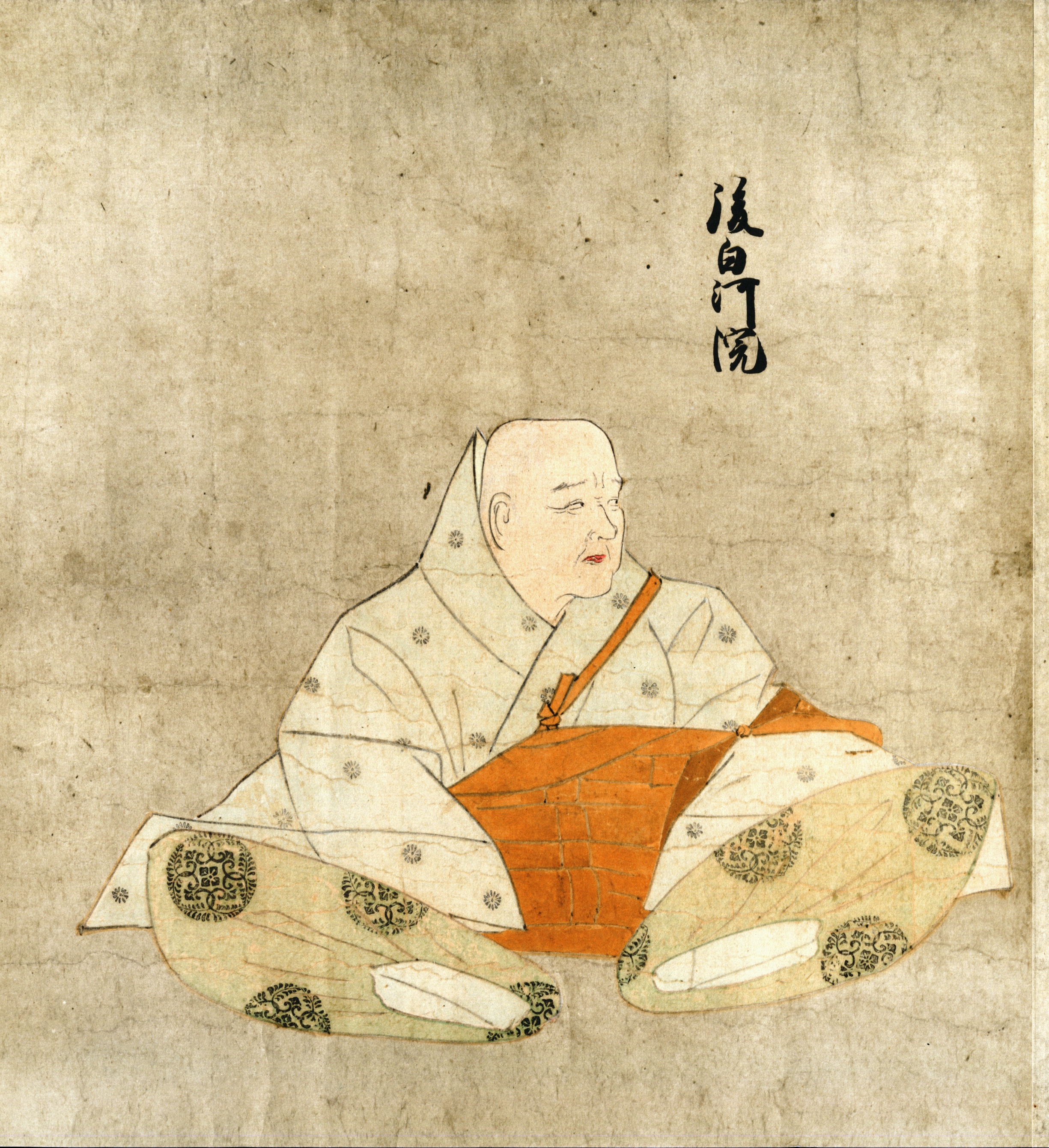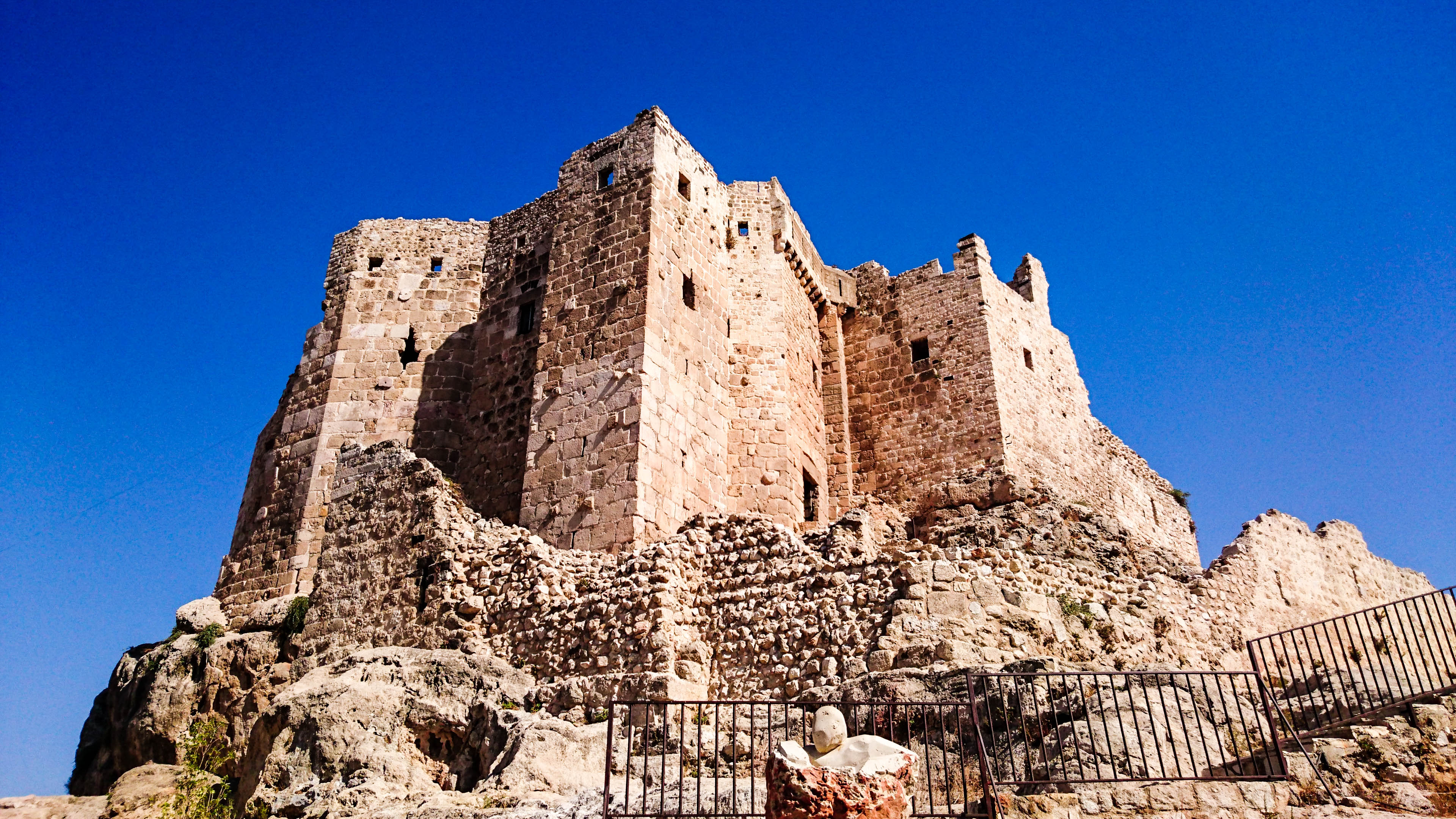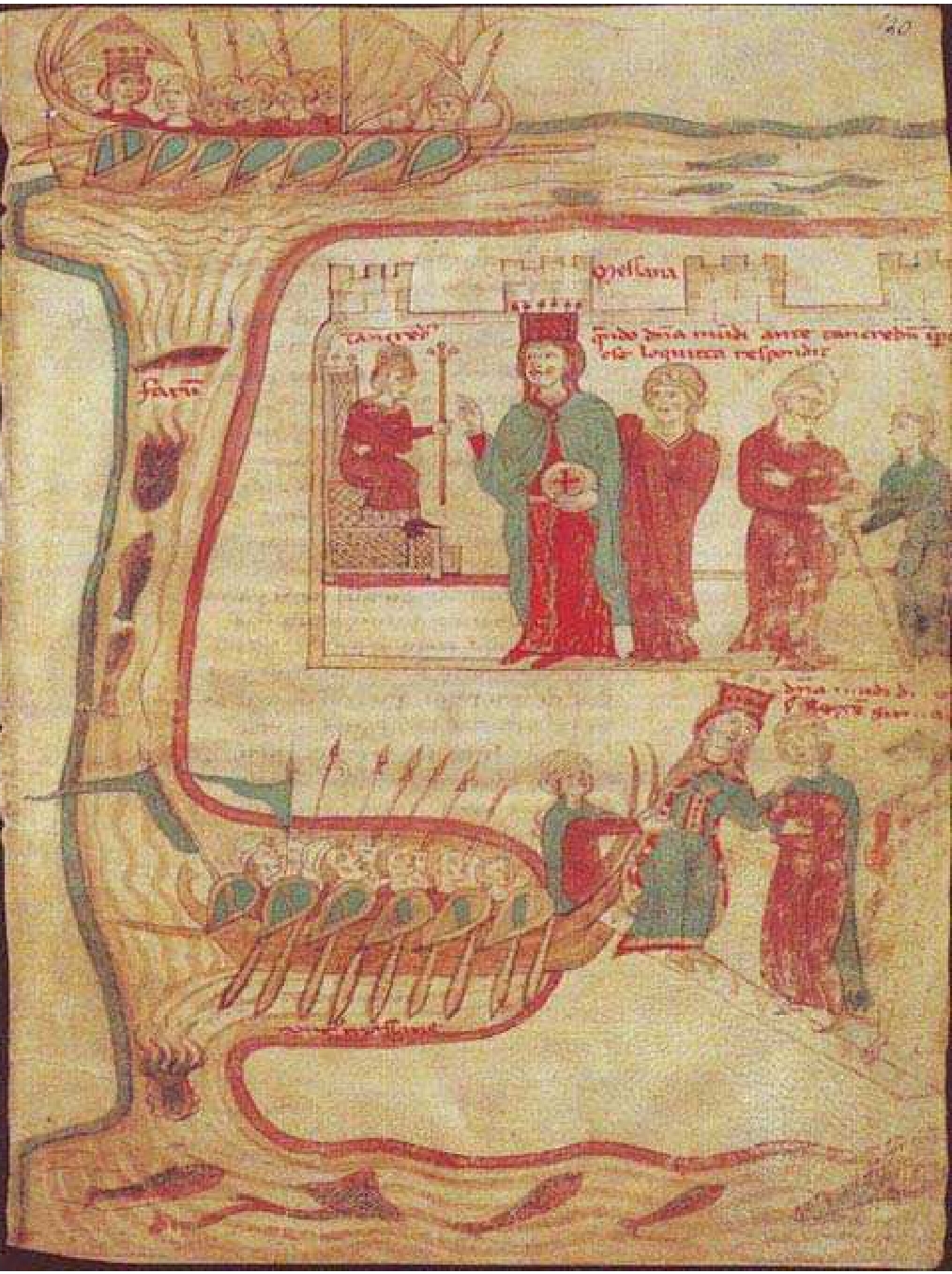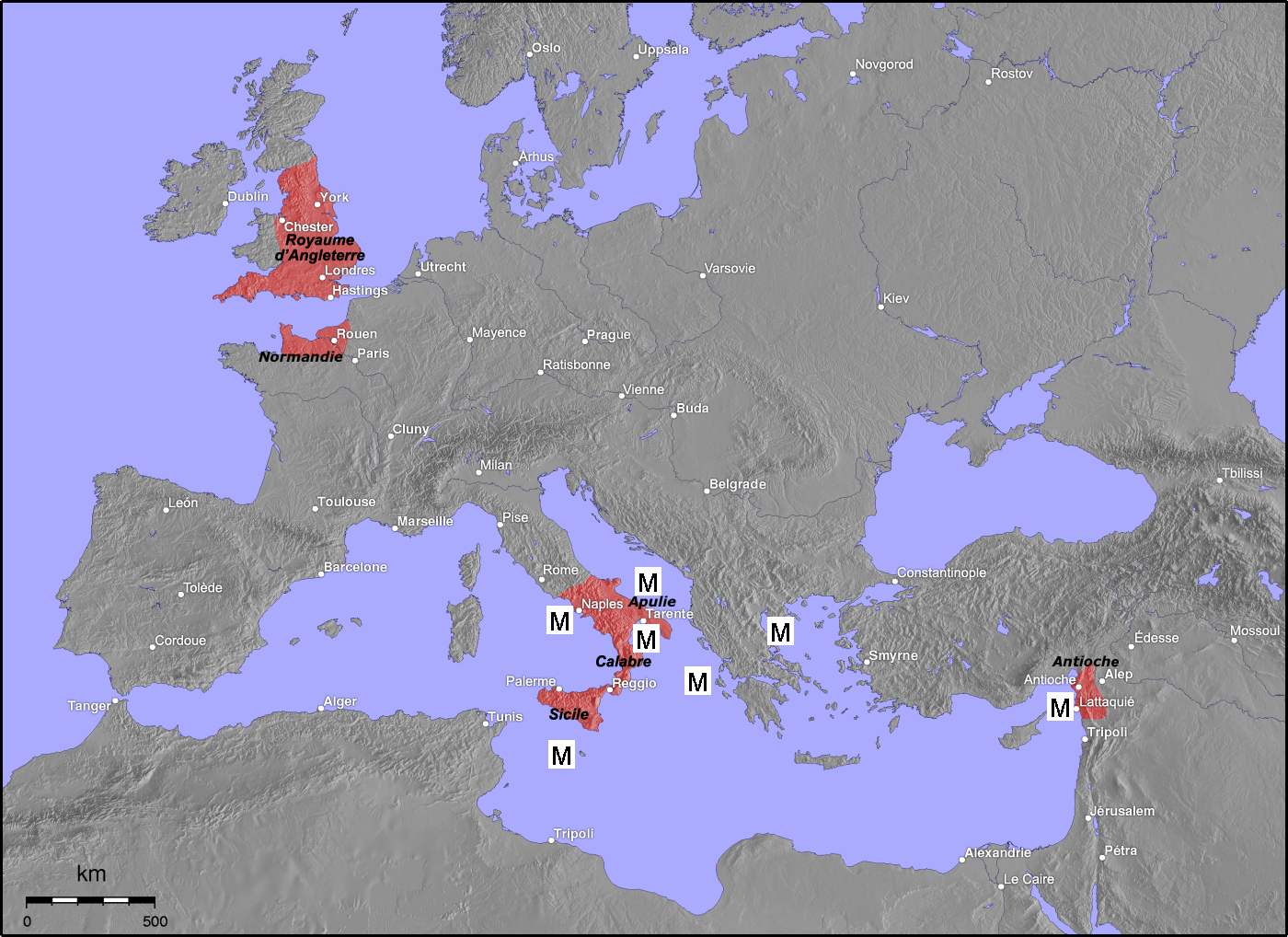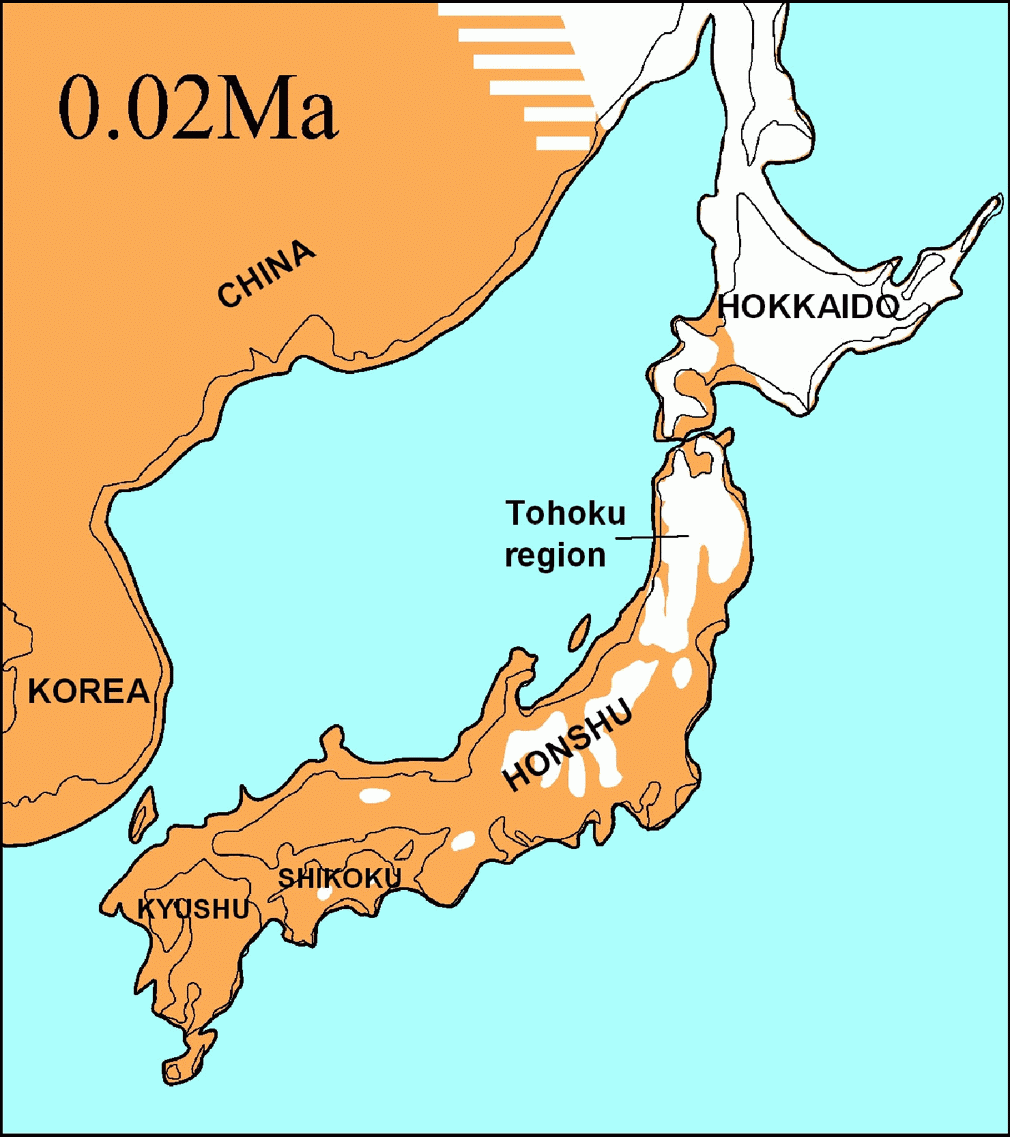|
1192 Deaths
Year 1192 ( MCXCII) was a leap year starting on Wednesday of the Julian calendar, the 1192nd year of the Common Era (CE) and Anno Domini (AD) designations, the 192nd year of the 2nd millennium, the 92nd year of the 12th century, and the 3rd year of the 1190s decade. Events * January 7 – Venus occults Jupiter. * April 28 – Conrad of Montferrat (Conrad I), King of Jerusalem, is assassinated in Tyre, only days after his title to the throne is confirmed by election. The killing is carried out by Hashshashin, later the basis of folk etymology for the English word "assassin." * August 21 – Minamoto no Yoritomo is granted the title of ''shōgun'', thereby officially establishing the first shogunate in the history of Japan. *Margaritus of Brindisi is created the first Count of Malta for capturing Constance, Holy Roman Empress in 1191. *Second Battle of Tarain in India: The Ghurid forces of Mu'izz al-Din are victorious over Prithviraj Chauhan. * The Lugouqiao (later the Marco ... [...More Info...] [...Related Items...] OR: [Wikipedia] [Google] [Baidu] |
Roman Numerals
Roman numerals are a numeral system that originated in ancient Rome and remained the usual way of writing numbers throughout Europe well into the Late Middle Ages. Numbers are written with combinations of letters from the Latin alphabet, each with a fixed integer value. The modern style uses only these seven: The use of Roman numerals continued long after the Fall of the Western Roman Empire, decline of the Roman Empire. From the 14th century on, Roman numerals began to be replaced by Arabic numerals; however, this process was gradual, and the use of Roman numerals persisted in various places, including on clock face, clock faces. For instance, on the clock of Big Ben (designed in 1852), the hours from 1 to 12 are written as: The notations and can be read as "one less than five" (4) and "one less than ten" (9), although there is a tradition favouring the representation of "4" as "" on Roman numeral clocks. Other common uses include year numbers on monuments and buildin ... [...More Info...] [...Related Items...] OR: [Wikipedia] [Google] [Baidu] |
Hashshashin
The Order of Assassins (; ) were a Nizari Isma'ili order that existed between 1090 and 1275 AD, founded by Hasan al-Sabbah. During that time, they lived in the mountains of Persia and the Levant, and held a strict subterfuge policy throughout the Middle East, posing a substantial strategic threat to Fatimid, Abbasid, and Seljuk authority, and killing several Christian leaders. Over the course of nearly 200 years, they killed hundreds who were considered enemies of the Nizari Isma'ili state. The modern term assassination is believed to stem from the tactics used by the Assassins. Contemporaneous historians include ibn al-Qalanisi, Ali ibn al-Athir, and Ata-Malik Juvayni. The former two referred to the Assassins as '' batiniyya'', an epithet widely accepted by Isma'ilis themselves. Overview The Assassins were founded by Hassan-i Sabbah. The state was formed in 1090 after the capture of Alamut Castle in the Alborz mountain range of Persia, which served as the Assassins' ... [...More Info...] [...Related Items...] OR: [Wikipedia] [Google] [Baidu] |
Ghurid Empire
The Ghurid dynasty (also spelled Ghorids; ; self-designation: , ''Šansabānī'') was a Persianate dynasty of eastern Iranian peoples, Iranian Tajik people, Tajik origin, which ruled from the 8th-century in the region of Ghor, and became an Empire from 1175 to 1215. The Ghurids were centered in the hills of the Ghor region in the present-day central Afghanistan, where they initially started out as local chiefs. They gradually converted to Sunni Islam after the conquest of Ghor by the Ghaznavid ruler Mahmud of Ghazni in 1011. The Ghurids eventually overran the Ghaznavids when Muhammad of Ghor Siege of Lahore (1186), seized Lahore and expelled the Ghaznavids from their last stronghold. The Ghurids initially ruled as vassals of the Ghaznavids and later of the Seljuk Empire, Seljuks. However, during the early twelfth century the long-standing rivalry between the Seljuks and Ghaznavids created a power vacuum in eastern Afghanistan and Punjab, Panjab which the Ghurids took advantage o ... [...More Info...] [...Related Items...] OR: [Wikipedia] [Google] [Baidu] |
India
India, officially the Republic of India, is a country in South Asia. It is the List of countries and dependencies by area, seventh-largest country by area; the List of countries by population (United Nations), most populous country since 2023; and, since its independence in 1947, the world's most populous democracy. Bounded by the Indian Ocean on the south, the Arabian Sea on the southwest, and the Bay of Bengal on the southeast, it shares land borders with Pakistan to the west; China, Nepal, and Bhutan to the north; and Bangladesh and Myanmar to the east. In the Indian Ocean, India is near Sri Lanka and the Maldives; its Andaman and Nicobar Islands share a maritime border with Thailand, Myanmar, and Indonesia. Modern humans arrived on the Indian subcontinent from Africa no later than 55,000 years ago., "Y-Chromosome and Mt-DNA data support the colonization of South Asia by modern humans originating in Africa. ... Coalescence dates for most non-European populations averag ... [...More Info...] [...Related Items...] OR: [Wikipedia] [Google] [Baidu] |
Second Battle Of Tarain
The Second Battle of Tarain was fought in 1192 between the Ghurid forces of Muhammad Ghuri and the Rajput Confederacy of Prithviraj Chauhan. It took place near Tarain (modern Taraori), which is , north of Delhi. The battle ended in a decisive victory for the invading Ghurids and their successful penetration in north Indian plain. The battle is regarded as a watershed event in Medieval India history as it led to the destruction of Rajput powers for a while and laid the foundation of Muslim rule in North India, which led to the establishment of Delhi Sultanate. Background Prithviraj Chauhan's forces had defeated the Ghurids at the First Battle of Tarain in 1191. The Ghurid king Mu'izz al-Din, who was seriously injured in the battle, returned to Ghazni, and made preparations to avenge his defeat. Size of the forces According to the 16th-17th century writer Firishta, in the battle, "the Chauhan army consisted of 3,000 elephants, 300,000 cavalry and infantry", which is c ... [...More Info...] [...Related Items...] OR: [Wikipedia] [Google] [Baidu] |
Constance I Of Sicily
Constance I (; 2 November 1154 – 27 November 1198) was the queen of Sicily from 1194 until her death and Holy Roman empress from 1191 to 1197 as the wife of Emperor Henry VI. As queen regnant of Sicily, she reigned jointly with her spouse and later with her infant son, the future Holy Roman Emperor Frederick II. She is particularly notable for her actions against her own family, the Norman kings of Sicily; she played an important role in the end of the Hauteville presence in Sicily. Despite being the sole heir to the throne of Sicily, she did not marry until she was 30 due to an ominous prophecy. Shortly after becoming empress, she was involved in the succession war against her illegitimate nephew King Tancred for the Sicilian throne, during which she was captured, though she was later released unharmed. In the history of Holy Roman Empire only two empresses were captured, with the other being her mother-in-law Empress Beatrice. Shortly before ascending the Sicilian thron ... [...More Info...] [...Related Items...] OR: [Wikipedia] [Google] [Baidu] |
Count Of Malta
The County of Malta was a feudal lordship of the Kingdom of Sicily, relating to the islands of Malta and Gozo. Malta was essentially a fief within the kingdom, with the title given by Tancred of Sicily the Norman king of Sicily to Margaritus of Brindisi in 1192 who earned acclaim as the Grand Admiral of Sicily. Afterwards the fiefdom was passed from nobleman to nobleman remaining as a family possession in a few instances. It was used mainly as a bargaining tool in Sicilian politics leading to a rather turbulent history. The fiefdom was elevated to a Marquisate in 1392 and either title was no longer used after 1429. Early period The first Count of Malta was Margaritus of Brindisi, a sailor of Greek descent or origin from the city of Brindisi (Southern Italy). He was granted the fief by Tancred of Lecce, then King of Sicily, for his service as admiral for the Kingdom, known at the time as ammiratus ammiratorum. The title was granted in 1192, perhaps for his unexpected success ... [...More Info...] [...Related Items...] OR: [Wikipedia] [Google] [Baidu] |
Margaritus Of Brindisi
Margaritus of Brindisi (also Margarito; Italian language, Italian: ''Margaritone'', Greek language, Greek: ''Megareites'' or ''Margaritoni'' [Μαργαριτώνη]; c. 1149 – 1197), called "the new Neptune", was the last great ''ammiratus ammiratorum'' (Grand Admiral) of the Kingdom of Sicily. Following in the footsteps of Christodulus, George of Antioch, and Maio of Bari, Margaritus commanded the kingdom's fleets during the reigns of William II of Sicily, William II (1166–1189) and Tancred of Sicily, Tancred (1189–1194). He probably began as a Greeks, Greek pirate and gradually rose to the rank of privateer before becoming a permanent admiral of the navy. In 1185, he became the first County Palatine of Cephalonia and Zakynthos, count palatine of Cephalonia and Zakynthos. In 1192, he became the first Count of Malta. Biography Margaritus first appears in the historical record as a leader of the Sicilian fleet alongside Tancred, then Count of Lecce, which took th ... [...More Info...] [...Related Items...] OR: [Wikipedia] [Google] [Baidu] |
History Of Japan
The first human inhabitants of the Japanese archipelago have been traced to the Japanese Paleolithic, Paleolithic, around 38–39,000 years ago. The Jōmon period, named after its cord-marked pottery, was followed by the Yayoi period in the first millennium BC when new inventions were introduced from Asia. During this period, the first known written reference to Japan was recorded in the Chinese ''Book of Han'' in the first century AD. Around the 3rd century BC, the Yayoi people from the continent immigrated to the Japanese archipelago and introduced iron technology and agricultural civilization. Because they had an agricultural civilization, the population of the Yayoi began to grow rapidly and ultimately overwhelmed the Jōmon period, Jōmon people, natives of the Japanese archipelago who were hunter-gatherers. Between the fourth and ninth centuries, Japan's many kingdoms and tribes gradually came to be unified under a centralized government, nominally controlled by the Empe ... [...More Info...] [...Related Items...] OR: [Wikipedia] [Google] [Baidu] |
Shogunate
, officially , was the title of the military rulers of Japan during most of the period spanning from 1185 to 1868. Nominally appointed by the Emperor, shoguns were usually the de facto rulers of the country, except during parts of the Kamakura period and Sengoku period when the shoguns themselves were figureheads, with real power in the hands of the of the Hōjō clan and of the Hosokawa clan. In addition, Taira no Kiyomori and Toyotomi Hideyoshi were leaders of the warrior class who did not hold the position of shogun, the highest office of the warrior class, yet gained the positions of and , the highest offices of the aristocratic class. As such, they ran their governments as its de facto rulers. The office of shogun was in practice hereditary, although over the course of the history of Japan several different clans held the position. The title was originally held by military commanders during the Heian period in the eighth and ninth centuries. When Minamoto no Yor ... [...More Info...] [...Related Items...] OR: [Wikipedia] [Google] [Baidu] |
